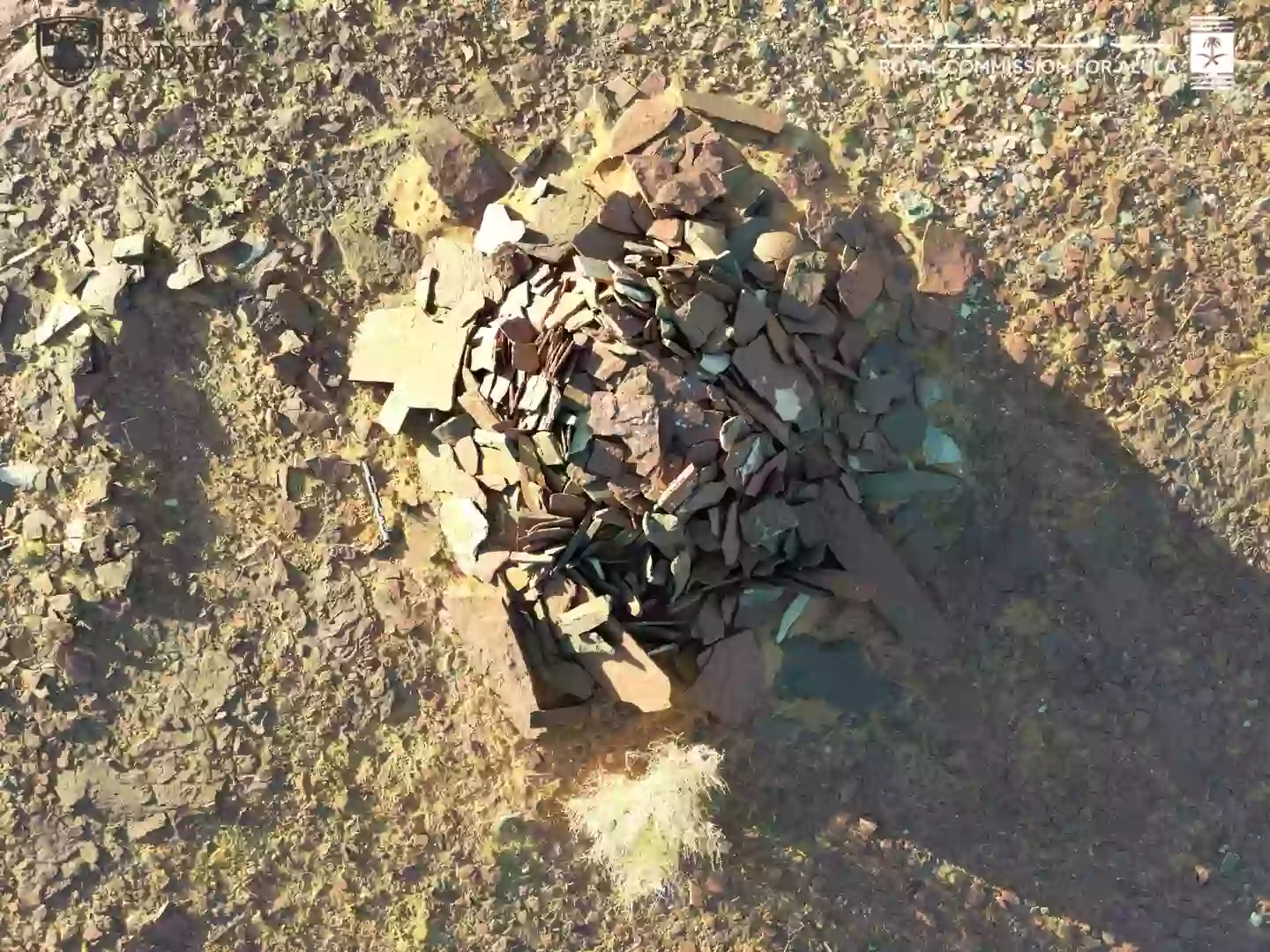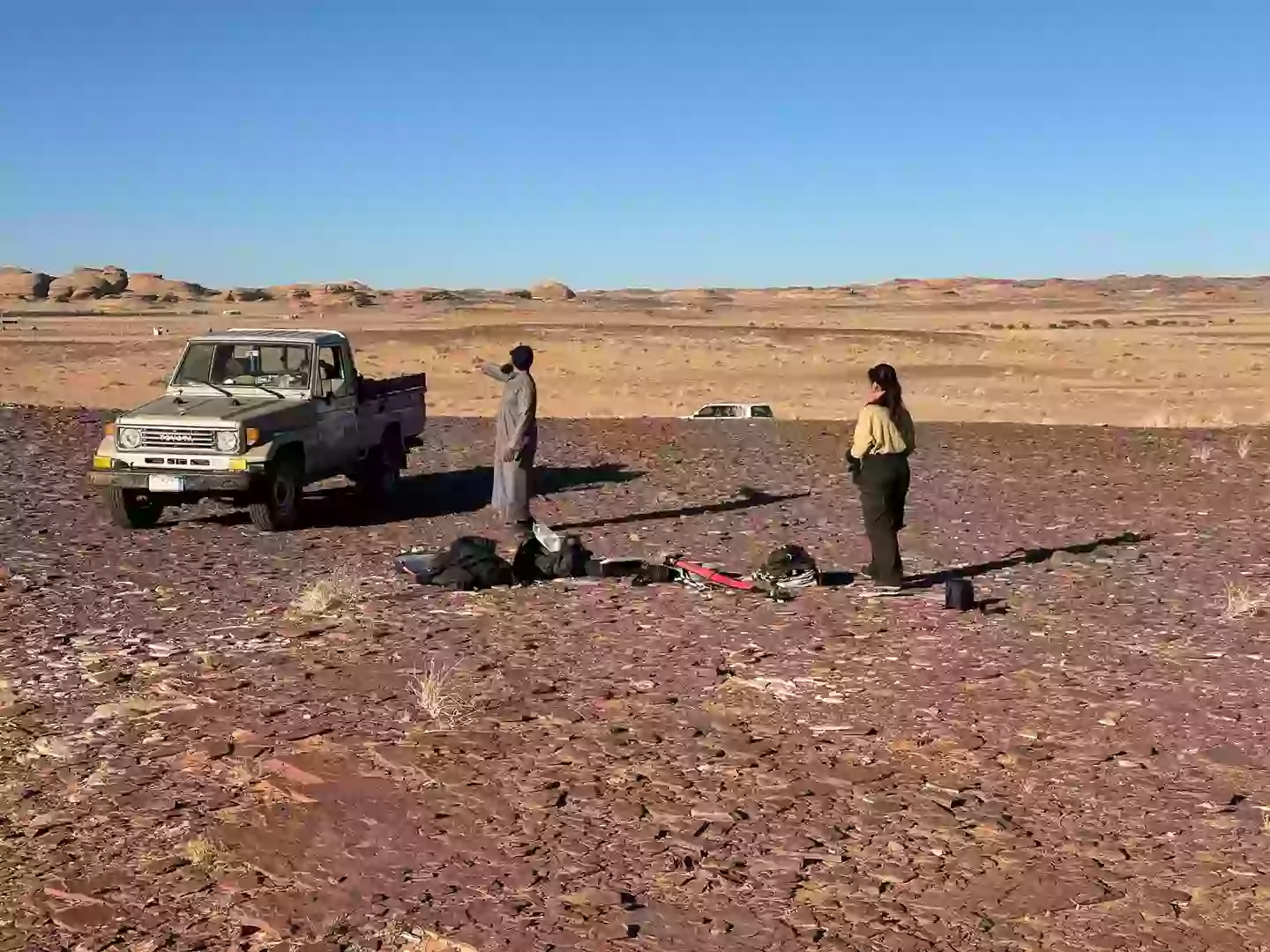
Archaeologists exploring the history of Saudi Arabia were left stopped in their tracks after examining a site what they believed to be from the Bronze Age.
Finding secrets from thousands of years ago makes archaeology so fascinating, with numerous projects around the world actively looking for clues to a time gone by and what life might have been like in another life.
Ancient Egypt is of course among the most popular eras, with even the likes of YouTuber MrBeast heading inside the Pyramids of Giza. Secrets relating to Ancient Egypt keep being discovered, whether that be a City of the Dead burial chamber of a 'wizard' or hidden crypts close to Tutankhamun's tomb.
And then there's China's 2,000-year-old Terracotta Army, with secrets surrounding that still being uncovered to this day.
Over in Saudi Arabia, the Prehistoric AlUla and Khaybar Excavation Project (PAKEP) has been working with the The Royal Commission for AlUla, set up to preserve and develop the 2,000-year-old archaeological and historical site of AlUla in the north west of Saudi Arabia.
And now, working with the University of Sydney in Australia, PAKEP has revealed what happened when archaeologists focused their sights on a suspected cairn.
For those not in the know, a cairn is a pile of stones raised above the ground, created by humans to either act as a burial mound or as a market for something else.

Investigating this cairn, experts thought it to be from the Bronze or Iron Age with it being a potential tomb. The Bronze Age itself started around 3300 BC and ended around 1200 BC, meaning the structure was, in experts' estimates, up to 5,300 years old.
But the reality was far from what they were hoping, with the mound relating to camels. Historic camels? No. Not even close.
In a statement this week on the 'find', PAKEP said in a series of posts on X (formerly Twitter): "In early 2024, our project surveyed this well preserved cairn. Thinking it might be an undisturbed Bronze or Iron age tomb, we excavated it! What did we find?
"The structure caused great excitement as although some stones had been displaced from the top of the stone pile, all the capstones were still in place!
"But as excavation started, it became even more confusing. The structure was just interlocking layers of stone, filled with sand. There was no central chamber and no bones or artefacts. But then, a lovely local man came and had a chat and the mystery was revealed."
It continued: "He told us that the stone pile was made on top of this hill 50 years ago. Why did they make it? To create a platform so they could look for their camels!

"It was a camel viewing platform! This is why engaging with locals is so vitally important for archaeological projects!"
It added: "Engaging with the locals who know this landscape has helped us in so many ways. This is just one example.
"After he left, we rebuilt the stone pile to its original height, so it people could keep looking for camels."
At least the camels won't go missing.
Featured Image Credit: University of Sydney / Royal Commission for AlulaTopics: Australia, Education, History, Saudi Arabia, Science, World News, Archaeology